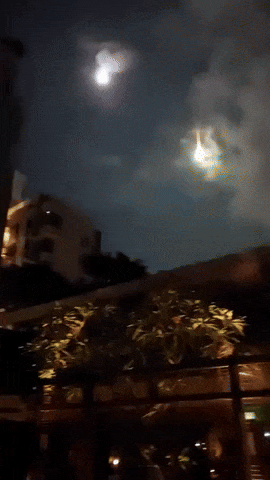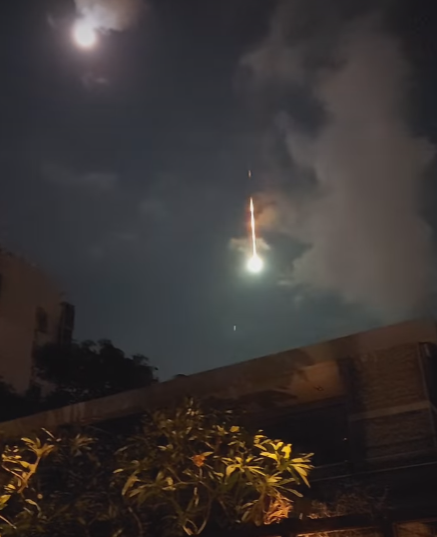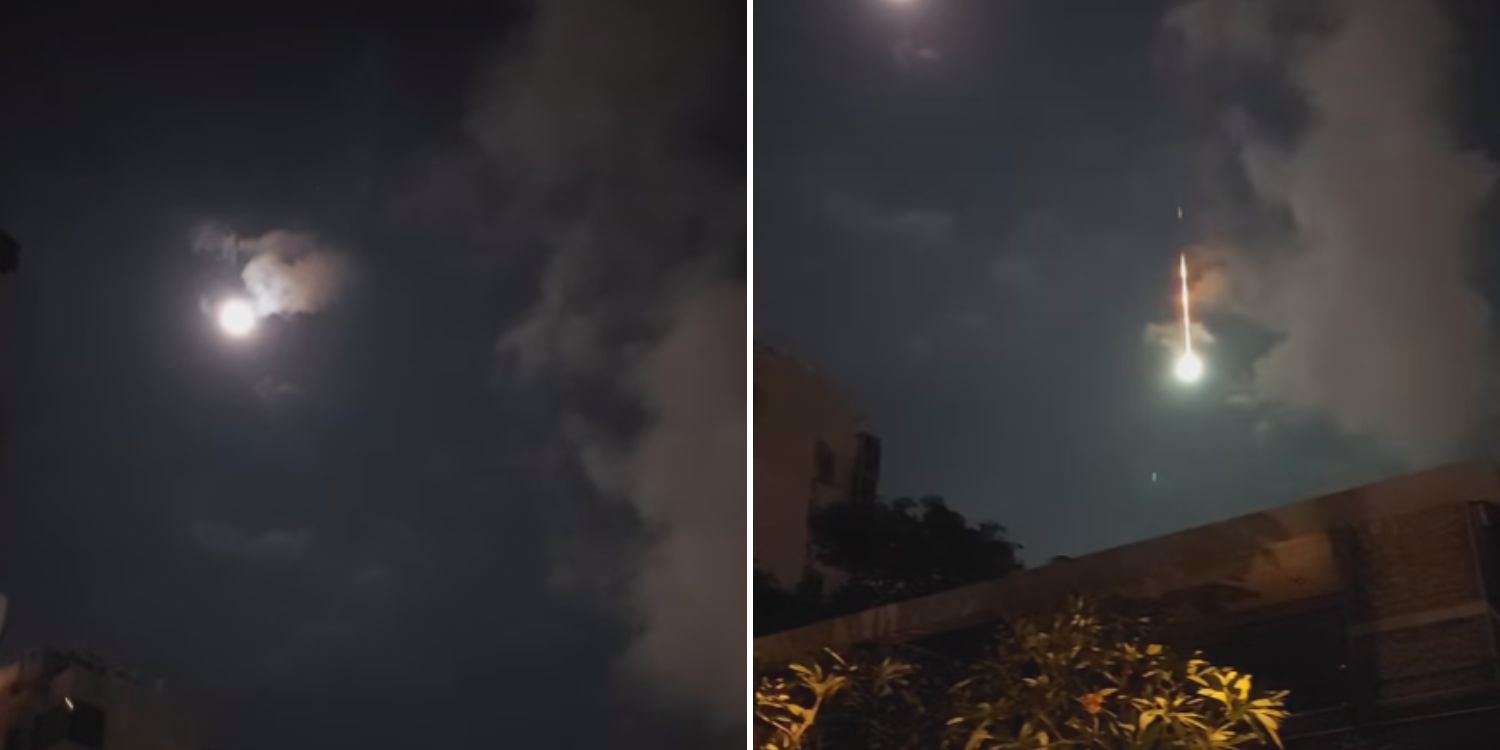‘Fireball’ caught in the sky in Singapore
A bright fireball, which many believed to be a meteor, was recently seen lighting up the night sky in Singapore on Friday (24 May). Several clips of the mysterious object brightly grazing the sky have since circulated online.
While netizens have referred to the fireball as a “meteor”, experts digress and explain that it is difficult to tell exactly what the fireball was.
About a week ago, a similar incident of a blue “meteor” streaking across the night sky in Portugal was reported.
Bright fireball seen lighting up Singapore night sky
On 24 May, Facebook user Priyanka Vijoy posted a 1-minute clip of a bright fireball shooting across the night sky on the Facebook group CloudSpotting & SkySpotting Singapore.

Source: Priyanka Vijoy on Facebook
Priyanka told 8world News that she unexpectedly recorded the fireball while admiring the moon on her balcony in Bedok at about 11.50pm on 24 May.
Believing it was a shooting star, she said it was her first time spotting one since she had taken up moon-gazing.
She was not the only person who caught the rare sight of this phenomenon.
Another Facebook user caught the nighttime incident via his motion detection camera at around 11.47pm on the same day.
According to a report by The Strait Times (ST), several members of the public who had witnessed the incident have referred to the bright object in the sky as a meteor.
Astronomical Society of Singapore president Soh Kim Mun told ST that the “meteor” in this incident was “bright enough to be called a fireball”. A fireball is the name for an “exceptionally bright and spectacular” meteor that can be seen across a wide area, reported ST.
Experts say it could be comet or asteroid fragment
According to experts who spoke to Channel News Asia (CNA), the fireball could be an object from space that had entered Earth’s atmosphere, but it was hard to pinpoint exactly what it was.

Source: Priyanka Vijoy on Facebook
Dr Abel Yang, a senior lecturer from the Department of Physics at the National University of Singapore (NUS), said that it could be a comet or asteroid fragment.
“In general, there is material in the solar system left over from planet formation, and this material – in the form of small asteroids and comets – occasionally collides with the Earth. When this happens we get a fireball as the object burns up in the Earth’s atmosphere,” Dr Yang added.

Source: Cristofer Maximilian on Unsplash, for illustration purposes only.
Referring to the blue streaks witnessed in Portugal and Spain on 18 May, Dr Cindy Ng, another senior lecturer in the NUS Physics Department, explained it had been identified as a comet by the European Space Agency (ESA).
Regarding the frequency of fireballs, Dr Yang said they are quite common, especially with smaller impactors being much more frequent.
Dr Ng told CNA that over 500,000 fireballs take place all over Earth yearly.
“Most of the hits occur over the ocean since the ocean covers about 70 per cent of the Earth’s surface area,” Dr Yang further explained, concluding why fireballs are rarely seen.
Also read: Suspected meteor lights up Portugal night sky in blue
Have news you must share? Get in touch with us via email at news@mustsharenews.com.
Featured image adapted from Priyanka Vijoy on Facebook.







